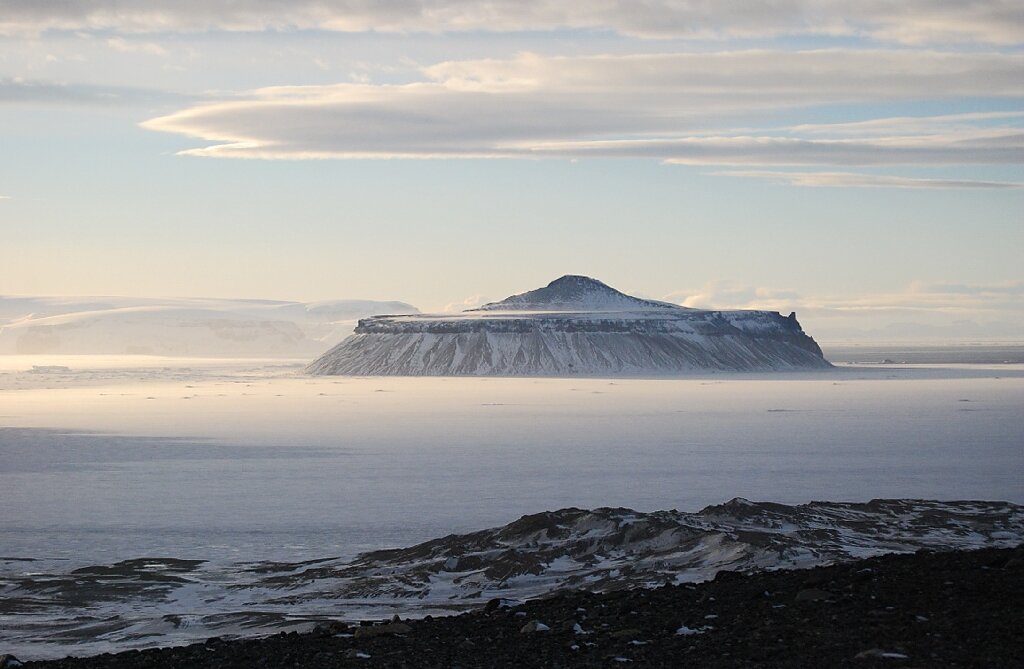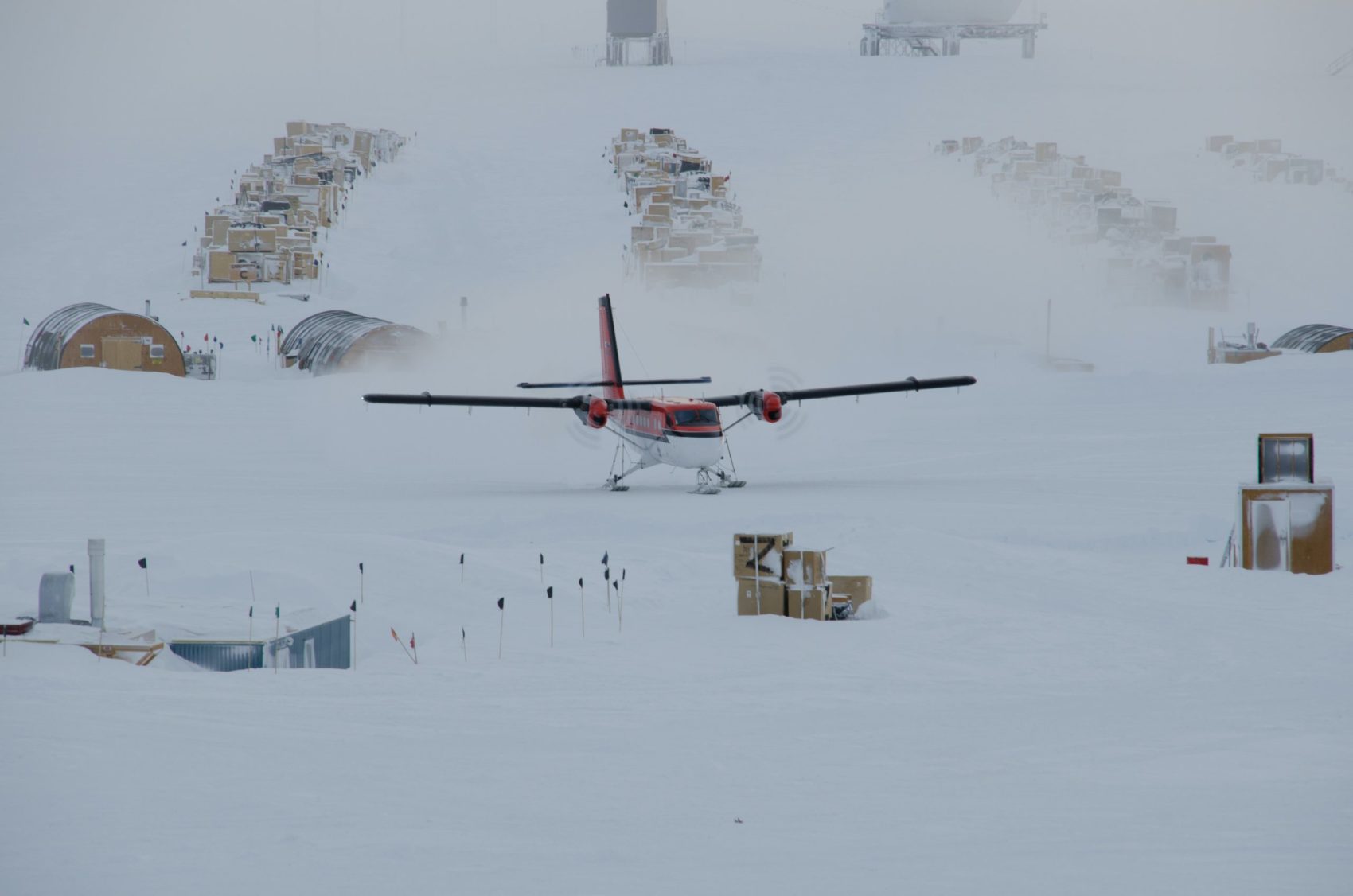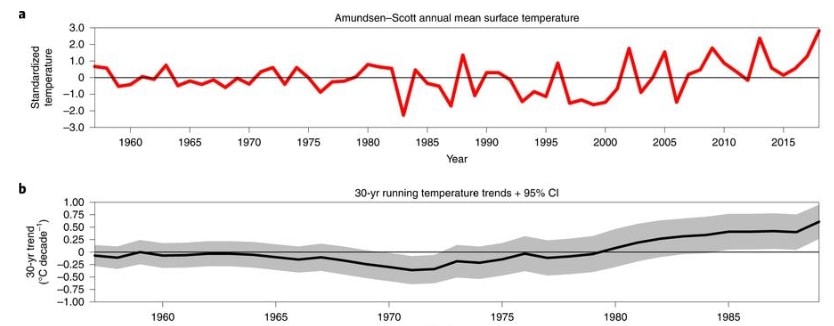
For the last three decades the South Pole has been warming faster than the rest of the planet. A study published in the Journal Nature Climate by researchers in New Zealand, Britain and the United States analyzed 60 years of weather station data and used computer modeling to show what was causing accelerated warming.
The South Pole has experienced a record-high statistically significant warming of 0.61 ± 0.34 °C per decade, more than three times greater than the global average. The Antarctic climate exhibits some of the largest ranges in temperature during the course of the year, and some of the largest temperature trends on the planet, with strong regional contrasts.
“It was suspected that this part of Antarctica… might be immune to/isolated from warming. We found this is not the case any more”.
– said Kyle Clem, lead study author.
The researchers used a combination of observations and model simulations to investigate. They found that changing ocean temperatures in the tropical western Pacific have a big influence on warming. The research was conducted at The Amundsen–Scott South Pole Station that is a United States scientific research station at the South Pole, the southernmost place on the Earth.

The warming resulted from a strong cyclonic anomaly in the Weddell Sea caused by increasing sea surface temperatures in the western tropical Pacific. This climate phenomenon called the Interdecadal Pacific Oscillation (IPO), which governs ocean temperatures in the Pacific Ocean, flipped from a positive phase to a negative one at the turn of the 21st century. This drove greater convection and more pressure extremes at high latitudes, leading to a strong flow of warmer air right over the South Pole
This circulation, coupled with a positive polarity of the Southern Annular Mode (SAM), advected warm and moist air from the South Atlantic into the Antarctic interior. The change in the SAM is down to the Antarctic ozone hole and increases in greenhouse gases. These results underscore the intimate linkage of interior Antarctic climate to tropical variability.
The researchers found that temperatures there have been rising by about a degree Fahrenheit each decade since the start of the 1990s. That’s about three times faster than the global average.

In fact, the model simulations suggest that the recent warming could “theoretically” have happened without any influence from human-caused climate change at all. The researchers do believe climate change has played some role in recent trends.
However, researchers said in the study that the natural warming trend was likely boosted by manmade greenhouse gas emissions and could be masking the heating effect of carbon pollution over the South Pole.
“While the warming was just within the natural variability of climate models, it was highly likely human activity had contributed,”
– said Kyle Clem.
The message from the Researchers is that no place is immune to climate change.
Find the complete study published at Nature.